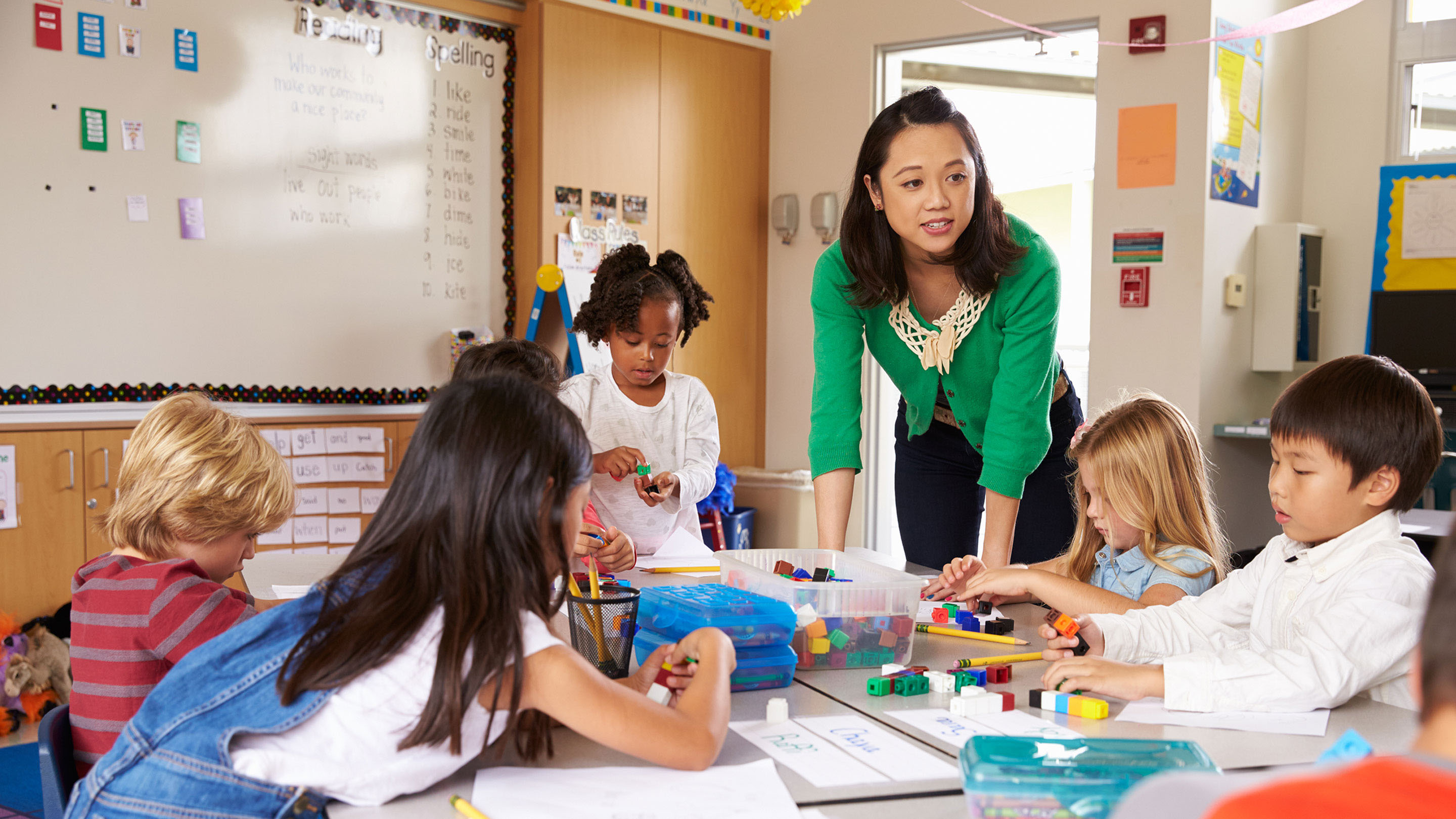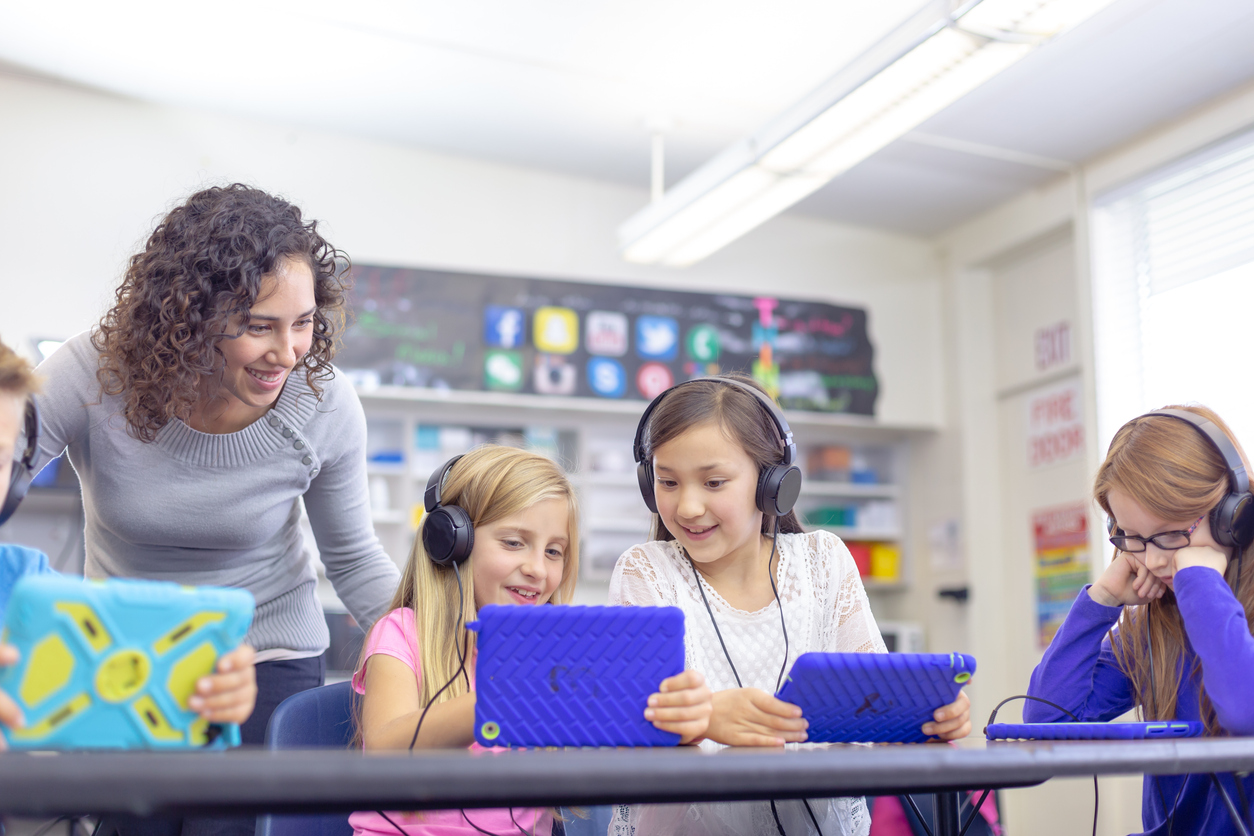Affordable Primary Science Tuition Singapore for All Learning Needs
Affordable Primary Science Tuition Singapore for All Learning Needs
Blog Article
Checking Out the Different Mentor Methods in Main Science Education Today
Inquiry-based knowing, hands-on experiments, and the combination of innovation are redefining exactly how instructors engage young minds. Additionally, joint strategies and separated direction are being used to provide to the varied requirements of students, boosting both involvement and understanding.
Inquiry-Based Learning
Inquiry-Based Understanding (IBL) is an instructional technique that motivates pupils to explore scientific principles via wondering about, investigation, and hands-on trial and error. This method emphasizes the duty of trainees as energetic participants in their discovering, promoting critical thinking and analytical skills. By involving with real-world concerns, pupils come to be determined and curious, which enhances their understanding of clinical principles.
In IBL, teachers work as facilitators, assisting pupils as they browse their inquiries instead of supplying details directly. This student-centered technique permits for distinction, fitting numerous finding out speeds and styles. Students create abilities in developing hypotheses, creating experiments, and examining information, which are essential for scientific proficiency.
In addition, IBL cultivates partnership among students, motivating them to share ideas and searchings for. This collective questions promotes social skills and a sense of neighborhood within the classroom. The procedure of query encourages durability, as trainees find out to accept failure as a stepping rock towards understanding.
Hands-On Experiments
Hands-on experiments are a vital component of efficient science education and learning, enhancing the principles of inquiry-based understanding. These experiments allow trainees to involve directly with scientific ideas, cultivating a deeper understanding with experiential learning. By controling materials and observing end results, young learners can comprehend abstract concepts in tangible ways.
Such activities advertise essential reasoning and problem-solving abilities, as pupils assume results, conduct experiments, and examine results. This process urges them to ask inquiries, refine their understanding, and develop a clinical way of thinking. Moreover, hands-on experiments can be customized to varied knowing styles, making sure that all trainees have the opportunity to involve meaningfully with the web content.
Additionally, hands-on experiments frequently encourage partnership amongst peers, advertising team effort and communication skills. Operating in teams makes it possible for trainees to share ideas, discuss searchings for, and gain from each other, which improves their general educational experience.
Including hands-on experiments into the primary science curriculum not only improves the finding out atmosphere but also cultivates a long-lasting passion in science. By actively taking part in their education, pupils are most likely to create an interest for scientific questions that prolongs beyond the classroom.

Technology Assimilation
Integrating modern technology into primary science education and learning has ended up being increasingly essential in promoting student involvement and improving learning outcomes. Using electronic tools, such as interactive simulations, online labs, and instructional software application, offers pupils with possibilities to check out clinical principles in innovative ways. These resources facilitate a much deeper understanding of intricate topics by permitting students to imagine and manipulate variables that would be unwise in a typical class setting.
Additionally, technology combination encourages individualized discovering experiences. Trainees can proceed at their very own rate, reviewing challenging ideas with multimedia resources, which accommodate various learning designs. This versatility not just supports specific growth however likewise cultivates a feeling of freedom in students.
Furthermore, innovation functions as a bridge to real-world scientific research, attaching trainees with current research study and important source specialist payments. Access to clinical journals and on-line data sources broadens students' point of views on scientific inquiry and promotes important assuming abilities.
Collaborative Discovering
Collaborative understanding plays an important duty in primary science education and learning by fostering team effort and communication abilities among students. This technique motivates students to collaborate, share knowledge, and engage in analytic, which enhances their understanding of clinical ideas. By joining group activities, pupils discover to express their ideas, pay attention to varied point of views, and discuss remedies, all of which are crucial abilities in both real-world and scholastic contexts.

Study indicates that collective discovering can result in enhanced motivation and involvement in science topics, as students discover enjoyment in shared experiences (primary science tuition Singapore). In addition, this strategy prepares pupils for future joint undertakings, furnishing them with the abilities essential for efficient synergy in college and specialist settings. Ultimately, embracing joint knowing in key scientific research education and learning can significantly enrich the discovering experience and advertise a much deeper understanding of clinical inquiry
Distinguished Instruction

Distinguished instruction can show up in numerous means, such as differing the content, procedures, or products of knowing. Teachers may make use of tiered assignments that supply differing levels of complexity, allowing pupils to work at their respective preparedness degrees. In addition, versatile grouping techniques can promote cooperation weblink among students with different abilities, promoting peer knowing.
Analysis plays a vital role in this approach, as it informs guideline and aids instructors understand each pupil's one-of-a-kind needs. Developmental assessments, such as tests and observations, can lead teachers in changing their techniques to enhance discovering results. primary science tuition Singapore. Eventually, by implementing separated direction in main science education and learning, educators can cultivate a much more fair and reliable learning setting, equipping all students to reach their full possibility in recognizing scientific phenomena
Conclusion
In summary, the diverse training techniques in key scientific research education, consisting of inquiry-based discovering, hands-on experiments, modern technology useful source combination, joint learning, and distinguished guideline, jointly add to an extra effective understanding atmosphere. These approaches advertise important thinking, analytical skills, and a deeper comprehension of clinical principles. By implementing these methods, instructors can develop interesting and supportive classrooms that address the varied demands of students, eventually fostering a lifelong rate of interest in science and improving academic achievement.
Inquiry-Based Knowing (IBL) is a pedagogical technique that urges students to discover scientific concepts via doubting, investigation, and hands-on experimentation.Joint understanding plays a crucial function in main scientific research education by promoting teamwork and interaction skills among students.Research study shows that joint learning can lead to increased motivation and involvement in science subjects, as pupils locate satisfaction in shared experiences.In cultivating a comprehensive knowing setting, distinguished direction arises as a crucial strategy to fit the varied needs and abilities of pupils in primary scientific research education. Inevitably, by implementing separated guideline in primary science education and learning, instructors can grow a more effective and equitable discovering environment, empowering all students to reach their full potential in understanding clinical phenomena.
Report this page